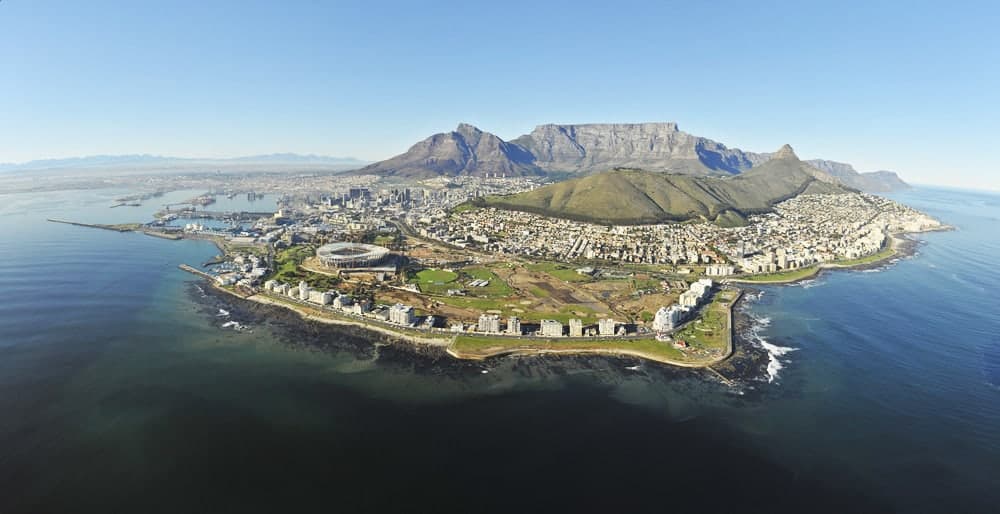Unless you have a month on your hands, forget about seeing the whole of the Western Cape in a single trip. There are so many charming seaside towns and villages nestled in picturesque valleys to visit, you will have to plan your route very carefully if you want to see everything you want. You should decide whether you want to spend your time primarily on the East Coast, the West Coast or in the interior. Whichever route you choose, you are bound to have an unforgettable experience.
One of the most popular tourist routes to take is of course the world-famous Garden Route. This goes from Cape Town to Port Elizabeth, and meanders through charming Karoo towns and stunning beachside resorts. If you want to make a week of it, you can stop at several towns along the way including Oudtshoorn, Wilderness, Nature’s Valley, George, Knysna and Plettenberg Bay. Each of these towns would make the perfect holiday destination, but a tour of all of them is possible within a few days.
If you choose to take a trip up the West Coast, make sure you are there in time for the wildflower season. During certain months of the year the hillsides are dotted with stunning flowers of all varieties, and driving along the coast is a thrilling aesthetic experience. Spend some time in stunning resort towns such as Langebaan, Paternoster, Darling and Britannia Bay where you can experience some of the best fishing and wine estates in the Western Cape.
The Western Cape is of course famous for the wine produced in this region, which parallels some of the finest French varieties in terms of quality and character. Spend a day touring the wine estates in the Stellenbosh and Franchoek regions, where almost every estate offers exclusive wine tasting days and delightful restaurants. One of the most famous of these is the Spier Wine Estate, which offers itself as a center of culture, art, food and wine in the Western Cape.
If you are a nature enthusiast, there are plenty of places that offer stunning walks at any difficulty level. Amateur walkers can take a stroll through the beautiful Kirstenbosh Gardens, but for those who want to experience Western Cape nature at its finest the Otter Trail has more to offer than any other trail. This five day hike crosses a wide variety of terrains and ends up in the stunning Nature’s Valley, a premier Garden Route destination.
If you are planning a trip to the Western Cape, be sure to set out your itinerary carefully or you could end up without a direction to follow. Decide whether you want to experience scenery, culture, excitement or night life and plan your trip accordingly. Don’t be concerned with missing out though, because anywhere you go you will have the time of your life.


